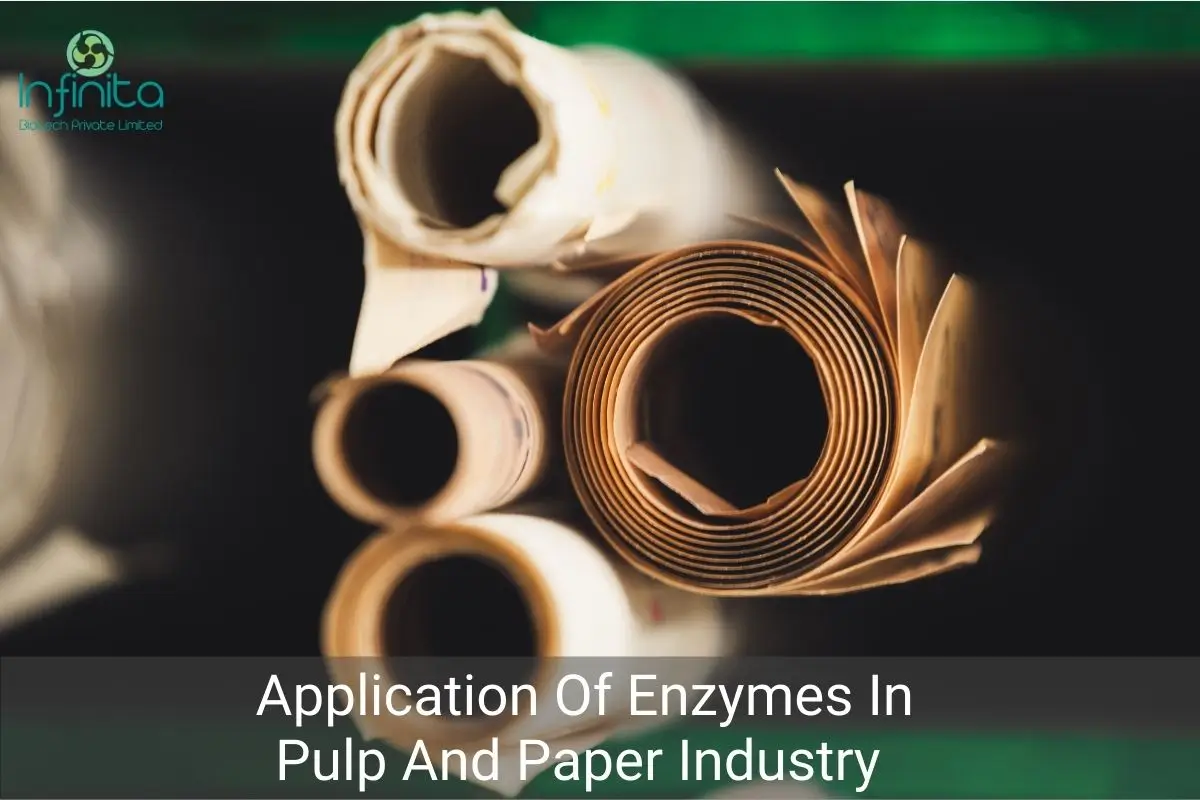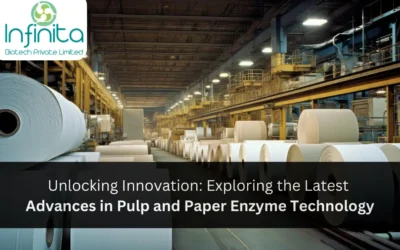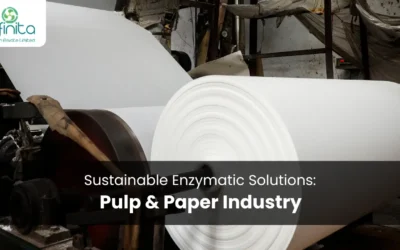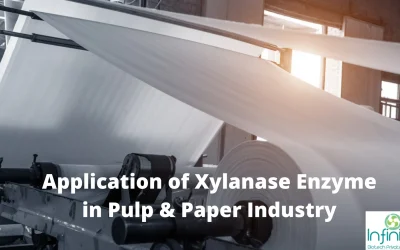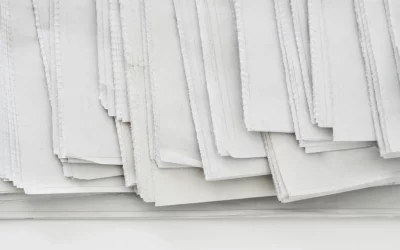History Of Enzymes In The Papermaking Industry
The word ‘paper’ is derived from a plant called papyrus. This plant grows abundantly on the banks of the River Nile in Egypt. They extracted the fibrous part of this plant present in the stem then placed it side by side and crossed it at the correct angles. They would create a criss-cross pattern like this, and then this sheet was pressed and dried to make paper.
Papermaking’s history can be traced back to 105 AD when a Chinese official called Ts’ai Lun created sheets of paper using mulberry and other fibres and wastes. From there, it spread worldwide. By the 14th century, there were a lot of paper mills established in Europe. From then for a very long time, saw no changes in the process of papermaking.
Paper and pulp making is a complex process with a lot of different components integrated. It starts with separating the required fibre from the raw material, and this fibre is beaten down into a pulp. They then adjust the colour, chemical, mechanical, biological, and other paper components by adding special chemicals. They then screen this solution through a mesh.
This mesh look likes a window and is made from a material that is immobile and non-corroding like stainless steel or brass. The open surface determines the size of the paper in this frame. Lastly, it is pressed and dried to get the paper. In the past, when there were not enough technological developments in papermaking, the paper was made by hand one at a time, which was an extremely time-consuming process. Then developed machinery and paper started being produced commercially at huge scales. The latest development in this field is the usage of enzymes. Technological advancement of pulp and paper enzyme has transformed the complete papermaking industry in a short period.
Where Enzymes Are Commonly Used In The Paper Industry?
Different enzymes are used at different steps in the process of papermaking. Some of the major and most effective enzymes used in the paper industry are xylanase, cellulase, lipase, and laccase. Xylanase is an enzyme that is most effective in the process of pre-bleaching the pulp. Cellulase is used to boost the fibre modification process. The first industrial trial with enzymes was carried out as recently as the mid-1980s.
Although researches show that enzymes were largely used for starch modification since the 1970s.
For Bleaching
Bleaching is the process of removing lignin from the chemical pulp. This is an essential step for aesthetic purposes and to improve the paper property. Recently, a large amount of chlorine and other chlorine chemicals are used. The by-products of using these chemicals are very toxic and are harmful to the environment. Enzymes are a better, simple, and cost-effective alternative. There are two-approaches based on pulp and paper enzymes that have been discovered, they are hemicellulase enzymes and ligninolytic enzymes. Hemicellulase enzymes have broken down properties, and they are commercially used pulp and paper enzymes. Ligninolytic enzymes attack the lignin directly, so they are most effective.
For Fibre Modification
In fibre modification, fibre is modified using pulp and paper enzymes to decrease the energy consumed during the production of thermomechanical pulps. They are also used to make pulps easy to beat. They work the best when combined with an alkaline pre-treatment.
For Removing The Pitch
Pitch is a component of wood that composes of fats, waxes, fatty acids, etc. Though they comprise only 10% of the wood, they are very problematic. Different types of pulp and paper enzymes like lipases have been used for the removal of this pitch. This reduces the problems that can create in the future because of the pitch. This pitch also gets deposited in the paper machine, and it can easily be cleaned using enzymes. This also helps in improving the quality of the paper. It is also very cost-effective.
For The Modification Of Starch
Starch is used in paper making industries in the process of sizing the paper. Sizing is done to reduce the chances of the paper, absorbing any liquid when dried. This makes sure that inks and paints don’t get absorbed by the paper after drying and remain on it. This also reduces the bloating of paper. This starch is modified using enzymes to get the best results. This saves the mill a lot of money.
Recycling And Environmental Impacts Of Paper
We all know how the production of paper has a huge effect on the environment. As the paper is made from wood, it requires cutting down of trees. The production of paper leads to the emission of harmful greenhouse gases like carbon dioxide. In this scenario, the recycling of used paper has become an extremely important process. They also produce you amounts of waste material that pollutes the land and water it is let into. Many companies have started recycling used paper which is a huge advantage for the environment.
We all know how the production of paper has a huge effect on the environment. As the paper is made from wood, it requires cutting down of trees. The production of paper leads to the emission of harmful greenhouse gases like carbon dioxide. In this scenario, the recycling of used paper has become an extremely important process. They also produce you amounts of waste material that pollutes the land and water it is let into. Many companies have started recycling used paper which is a huge advantage for the environment.
During the refining stage in the paper, making the pulp is refined with 3-4% of pulp and 96-97% of water. This is done using a refiner. This step defines the drainage rate of the pulp. That means how much water can be drained from the pulp. Higher drainage of the pulp means more freeness. Higher freeness of the pulp is a property that is extremely important in the making of paper. Most of the machines are made for pulp that is freer.
If the drainage rate is slow, the machine will operate slower, and this is not something the manufacturers look forward to. The pulp of recycled paper has less drainage rate, and that is why many manufacturers don’t like using it because of the slow operations of machines. Researchers have found that when properly applied, pulp and paper enzymes can help increase the drainage rate of the pulp of recycled paper. This means that it can recycle more paper.
According to researchers, enzymes’ usage has helped save the emission of 76 million tons of carbon dioxide. This is a positive step towards environmental conservation. Enzymes used in the paper industry increase the quality of any product. They also provide an environmentally friendly product. They use less raw materials, water, and energy while producing lesser amounts of waste.
Recently a lot of research and development is done about the enzymes used in the paper industry. It is believed to be the next best technological improvement in the future of the Papermaking and paper recycling industry. There are potentially a lot more areas where enzymes can be used in the process of paper manufacturing.
